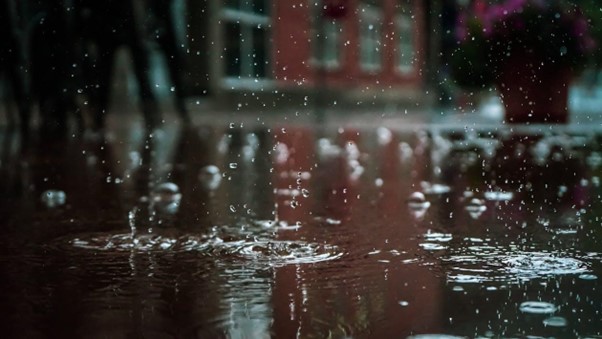Water damage is one of the most significant threats to the structural integrity and longevity of a home. Without proper drainage solutions, rainwater and groundwater can infiltrate your home, leading to issues like mold growth, foundation weakening, and costly repairs. This guide aims to provide you with essential information on effective drainage solutions that can help you protect your home from potential water damage. From understanding the importance of proper grading and gutter systems to exploring advanced drainage technologies, we’ll cover everything you need to keep your home dry and safe.
Importance of Proper Grading
Proper grading is the first line of defense against water intrusion in your home. Ensuring that the land around your foundation slopes away from your house helps to direct water runoff effectively. If the grading slopes toward your home, it can cause water to pool near the foundation, increasing the risk of water seeping into your basement or crawlspace.
Regularly checking and maintaining the grading around your home is crucial. Over time, soil erosion and landscaping changes can alter the slope, leading to potential drainage issues. If you notice pooling water or soggy areas near your foundation, consider regrading the soil or seeking professional help to address the problem. It’s also important to contact a professional for drain cleaning services if you notice any blockages or clogs in your yard’s drainage system. It’s better to be proactive and fix any grading or drainage issues before they result in costly water damage.
Effective Gutter Systems
Gutters are essential in managing roof runoff and preventing water damage to your home. Without a properly functioning gutter system, rainwater can overflow and accumulate around the foundation, causing leaks and structural issues. Ensuring your gutters are clean and free of debris will enhance their performance in directing water away from your home.
Installing gutter guards can help maintain a debris-free system, reducing the frequency of cleanings. It’s vital to ensure that downspouts are directing water at least five to ten feet away from your foundation. Extension pipes or splash blocks can be used to achieve this, providing extra protection against water damage.
French Drains for Subsurface Water
A French drain is an effective solution for managing subsurface water and preventing it from seeping into your home. This drainage system involves a perforated pipe buried in a trench filled with gravel, which collects water from the surrounding soil and redirects it away from your home. French drains are particularly useful in areas with heavy rainfall or poor natural drainage.
Installing a French drain requires careful planning and execution. The trench should be placed at the lowest point of your yard where water tends to accumulate. Moreover, it’s crucial to ensure that the drain has a proper slope to facilitate water flow. Regular maintenance, such as checking for clogs, will ensure the system remains effective over time.
Installing Sump Pumps
Sump pumps are an essential component in preventing basement flooding. These pumps are installed in a sump pit, usually located in the basement’s lowest area, to collect and expel any accumulated water. In areas prone to heavy rainfall or high groundwater levels, a sump pump can provide peace of mind by protecting your home from water damage.
There are various types of sump pumps, including pedestal and submersible models. Choosing the right pump for your needs is crucial, as is ensuring proper installation. Regular testing and maintenance, including checking the power supply and cleaning the intake screen, will help keep your sump pump in optimal working condition.
Installing Drainage Systems in the Yard
Exterior drainage systems, such as catch basins, dry wells, and channel drains, play a key role in managing surface water. Catch basins capture excess water from the yard, preventing it from pooling and causing damage. This water is then redirected through underground pipes to a safer discharge point, away from the foundation.
Dry wells provide another effective option for handling runoff. These underground structures temporarily store water and allow it to percolate slowly into the surrounding soil. Channel drains are ideal for managing runoff from driveways, patios, and other impermeable surfaces. Properly installing and maintaining these drainage systems will keep your yard dry and minimize water damage risks.
Landscaping for Drainage
Strategic landscaping can significantly enhance your property’s drainage capabilities. Planting water-tolerant vegetation can help absorb excess water and reduce soil erosion. Ground covers and shrubs with deep root systems are particularly effective in stabilizing slopes and improving the soil’s ability to retain water.
Creating swales and rain gardens are also effective landscaping techniques to manage runoff. Swales are shallow, vegetated channels that allow water to flow away from your home, while rain gardens are designed to collect and absorb rainwater. Both methods not only improve drainage but also enhance the aesthetic appeal of your yard, promoting a healthy and thriving outdoor environment.
Implementing proper drainage solutions is crucial in protecting your home from water damage. From regular maintenance of grading and gutters to considering advanced drainage technologies, it’s essential to be proactive in keeping your home dry and safe. By understanding the importance of effective drainage and taking necessary precautions, you can ensure that your home remains a sturdy and secure haven for years to come.

